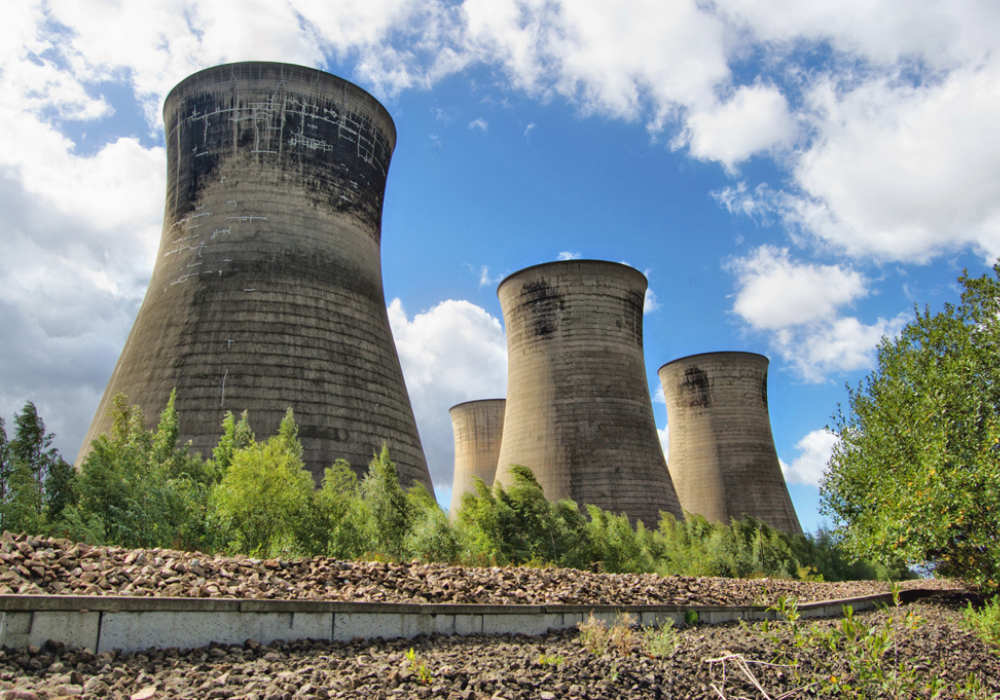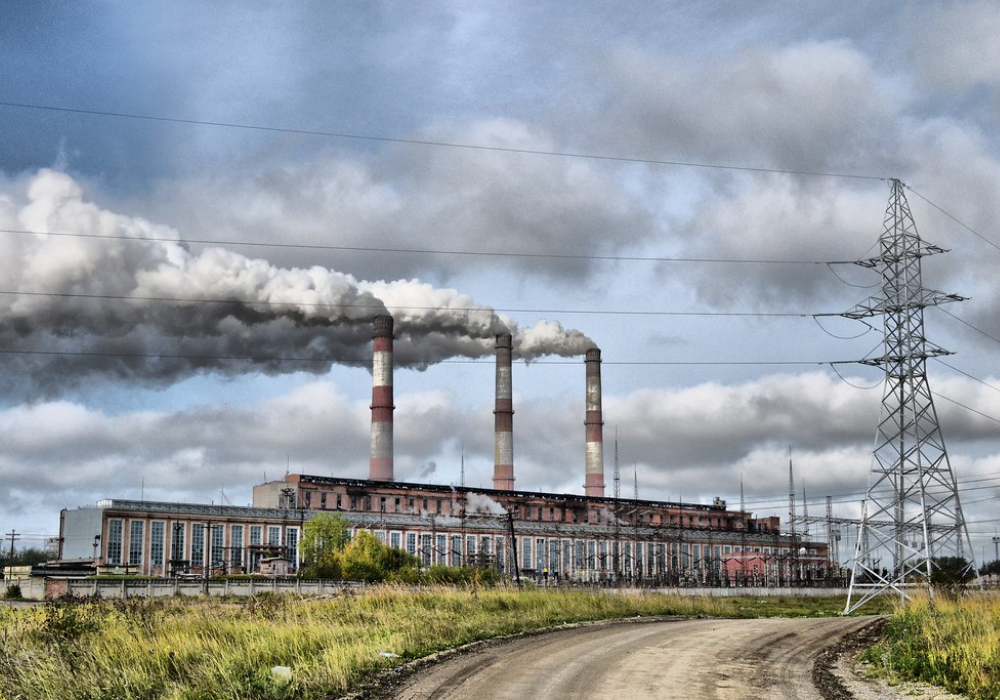
Coal power in India declined for a second consecutive year in 2020 after reaching a peak in 2018, according to a report.
The analysis by energy think tank Ember revealed the South Asian nation’s coal-fired electricity generation fell 5% last year due to significantly reduced annual electricity demand as a result of the COVID-19 lockdown.
Coal generation in India – the third-largest emitting country – was down 8% in 2020 compared to 2018. But the high-polluting fossil fuel remains the dominant source of electricity, generating 71% of the nation’s power throughout last year.
Ember’s senior analyst Aditya Lolla said it seems increasingly likely that coal power will plateau in the 2020s in India, but warned there is still a risk the country could be “knocked off course”.
“As India recovers from the COVID-19 pandemic shock, the choices it makes in the next decade will make or break its coal-to-clean electricity transition,” he added.
“Now the focus must be on building enough new solar and wind capacity to meet increasing electricity demand.
“That would mean the new wave of coal plants coming online in the next few years can be used to replace India’s oldest and dirtiest coal plants. As the world’s second-largest coal generator, all eyes are on India in this crucial decade of climate action.”
India coal power capacity continued to rise in 2020
Ember’s study analyses new data from India’s Central Electricity Authority, showing that coal fell by 51 terawatt-hours (TWh) (5%) in 2020, caused by a 36 TWh (3%) fall in electricity demand and a 12 TWh (3%) rise in solar generation.
As coal-fired generation fell and coal capacity continued to rise, the nation’s coal plant load factor (PLF) fell to a record low level of 53% in 2020.
Although Indian government forecasts show coal-fired generation rising in the next decade, the report demonstrates that the country’s generation of the fuel will continue to plateau this decade if electricity demand is “structurally impacted by COVID-19”.
With electricity demand projected to grow just 4-5% every year until 2030, Ember estimates that there would only be a small (52 TWh) increase in coal-fired generation by the end of the decade.

The study draws on data from a recent International Energy Agency (IEA) report, which supports the conclusion that the nation’s coal power will plateau and could even fall this decade even if India pursues higher rates of economic growth.
Although this new trajectory puts the nation on a “more climate-friendly pathway”, Ember said this is dependent on India delivering its 2022 target for wind and solar generation.
Its combined wind and solar generation in 2020 was 118 TWh, which is some way off the government’s targets of 274 TWh in fiscal year (FY) 2021-22 and 793 TWh in FY 2029-30.
India set for largest power demand increase of any country over next 20 years
The IEA’s analysis, titled India Energy outlook 2021, shows India is set to experience the largest increase in power demand of any country over the next 20 years, highlighting the potential for “policies and investment to accelerate the clean energy transition”.
It noted that the nation’s ability to ensure affordable, clean and reliable energy for its growing population will be “vital for the future development of its economy”, but warned that avoiding the kind of carbon-intensive path previously followed by other countries will “require strong policies, technological leaps and a surge in clean energy investment”.
“India has made remarkable progress in recent years, bringing electricity connections to hundreds of millions of people and impressively scaling up the use of renewable energy, particularly solar,” said IEA executive director Dr Fatih Birol.
“What our report makes clear is the tremendous opportunity for India to successfully meet the aspirations of its citizens without following the high-carbon pathway that other economies have pursued in the past.
“The energy policy successes of the Indian government to date make me very optimistic about its ability to meet the challenges ahead in terms of energy security and sustainability.”
The IEA’s analysis highlighted that the rapid expansion of solar power combined with smart policy-making is “transforming India’s electricity sector”, enabling it to provide clean, affordable and reliable power to a growing number of households and businesses.
US Special Presidential Envoy for Climate commended India’s climate efforts
US Special Presidential Envoy for Climate John Kerry commended India’s climate efforts last week when he was speaking at the World Sustainable Development Summit 2021, the annual flagship event of New Delhi-based The Energy and Resources Institute (TERI).
He said Prime Minister Narendra Modi’s announcement of a target of 450 gigawatts (GW) of renewables by 2030 is a “strong, terrific example of how to power a growing economy with clean energy”.
“It’s going to be one of the most important contributions in the world because India today is already the third-largest emitter in the world behind my country, the US, and of course, China, which is the largest in the world at about thirty per cent of all emissions,” added Kerry.
“Yesterday, I read in the IEA special report on India with great interest, the spectacular news that India’s down payment on the clean energy transition puts it on pace to become the global market leader in solar and storage by 2040.
“And thanks to the rapid scale-up, it’s already cheaper to build solar in India than anywhere else in the world. That kind of urgency is exactly what we need in order to confront the crisis that we confront today.”
Kerry described the nation as a “red-hot investment opportunity” because of its clean energy transition, and said he intends to work very closely with all the relevant stakeholders.
“We believe India can be one of the most critical transitional countries in this entire endeavour,” he added.
“I am confident that just as we have worked very closely on any number of issues in these last years, our two nations – the world’s two biggest democracies – have a great deal to gain from joining hands in our global leadership and confronting the climate crisis to meet this moment.”






